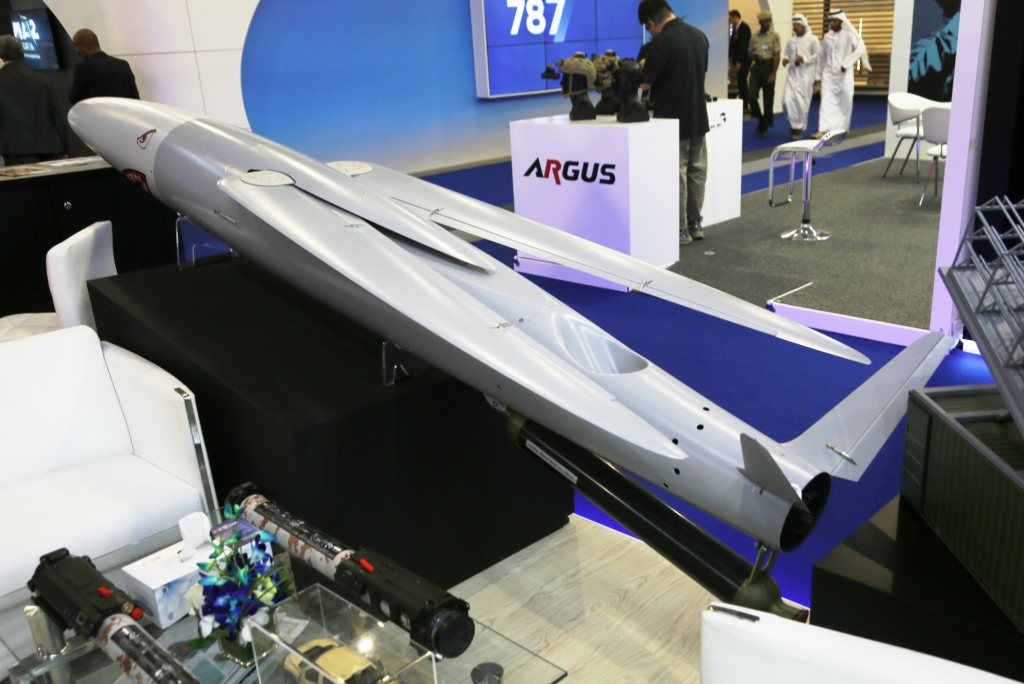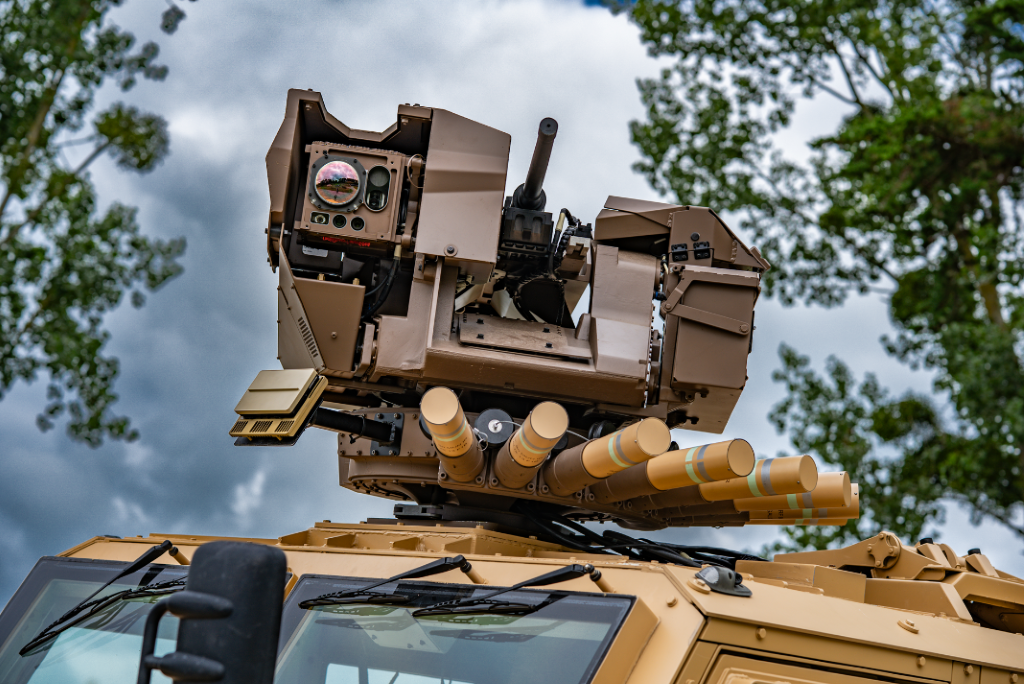Advancements in Counter-Drone Capabilities for NATO Allies
In November, U.S. military personnel stationed in Europe engaged in extensive operations to test and refine their counter-drone technologies, aimed at enhancing collaboration with NATO partners and extending capabilities to other regions, including the Indo-Pacific.
Training Exercises and System Development
On November 18, joint exercises took place in Poland involving troops from Poland, Romania, and the United States. Participants trained on the Merops system, an innovative, AI-driven technology designed for mobile deployment. This system identifies hostile drones and deploys an economical fixed-wing interceptor drone to neutralize the threat.
Simultaneously, the U.S. Army conducted Operation Flytrap 4.5 in Germany, a competition featuring 20 counter-unmanned aerial systems (cUAS) vying for a share of one of four $350,000 awards.
Brig. Gen. Curt King, commander of the 10th Army Air and Missile Defense Command, highlighted the urgency and efficacy of these initiatives:
- Integrated Capabilities: “Operation Flytrap demonstrated our aptitude for swift integration with industry partners, allowing for the deployment of lethal capabilities.”
- Cost-Effective Solutions: He noted the Merops system’s affordability compared to traditional missile systems, which can exceed millions of dollars per shot. With Merops costing approximately $15,000, it presents a more feasible method to counteract threats akin to the Shahed drones utilized by adversaries.
Evolving Technology in the Battlefield
The advancements showcased during these exercises underscore the rapid evolution of drone technologies and operational strategies. Brig. Gen. King remarked on the increasing sophistication of decision-making aids and automation, significantly reducing the manpower required for effective drone defense.
Both events also showcased the Global Tactical Edge Acquisition Directorate (GTEAD), a novel procurement initiative aimed at establishing a marketplace. This platform will facilitate access to vetted technologies developed through initiatives like Project Flytrap.
Future Directions for Appalachian Innovation
Col. Christopher Hill, GTEAD’s senior director, articulated ambitions extending beyond cUAS into areas such as:
- Ground Autonomy: Development of systems capable of operating autonomously on land, which are currently in the pipeline.
- Air-Launched Systems: Future operations will also explore air autonomy to provide diverse solutions against potential threats.
Hill expressed plans to expand GTEAD operations into the Indo-Pacific region in the coming year. The strategy aims to replicate successful protocols to enhance support for U.S. forces as well as partners in Australia, South Korea, and Japan.
Continuous Improvement and Feedback Mechanisms
Beyond mere demonstrations, GTEAD is committed to the iterative process of system evaluation—soliciting soldier feedback to refine technology before it enters the marketplace. Hill emphasized:
- Investment in Capability Development: “Our goal is to secure financial commitments for these capabilities, providing companies with clear prospects for future contracts,” he stated.
These comprehensive efforts not only bolster NATO’s defense cooperation but also represent a proactive stance against the ever-evolving landscape of aerial threats, highlighting the necessity for adaptable and innovative defense solutions.





